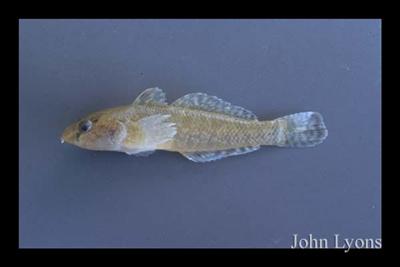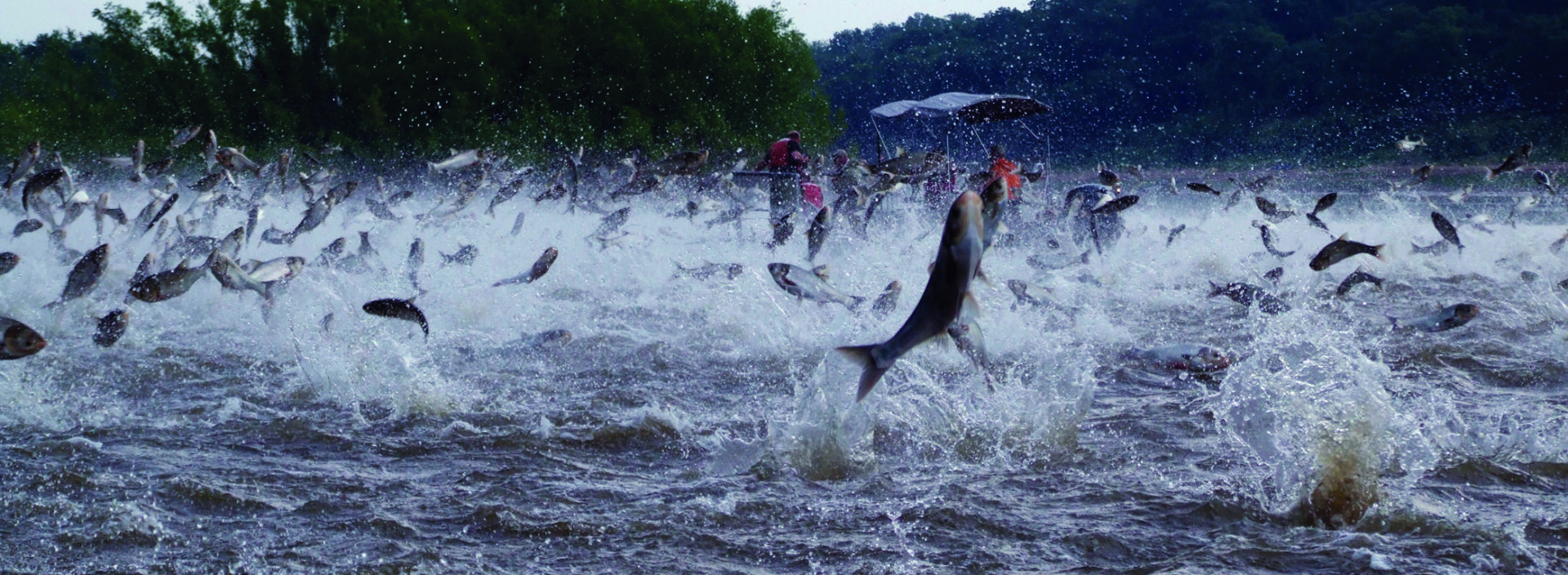
How did the tubenose goby get here?
- It arrived in the late 1990s in the St. Clair River and Michigan.
- The tubenose goby is native to the Black and Caspian Seas in Europe.
- It is believed that the tubenose goby was in the ballast water of ships coming from Eastern Europe.
Why are tubenose gobies a problem?
- They are spread from the Detroit River to western Lake Erie and to the Duluth Superior Harbor in the Great Lakes.
- They are not as aggressive as the round goby.
- The tubenose goby defends its nest sites created under rocks and logs.
- They tubenose goby typically eats aquatic invertebrates, insect nymphs, larvae, small crustaceans, worms, fish and fish eggs.
What does it look like?
- The tubenose goby is brown in color and has two dorsal fins.
- The tubenose has a tube extending from each of its nostrils.
- The tubenose goby rarely exceeds four inches (11 cm) in length.
How do we control the tubenose goby?
- There is little that we can do to eliminate them from the waters, but controlling their spread is very important.
- Inspect live bait to make sure no tubenose gobies are accidentally released.
- Discard live bait in the trash, not in the water.
- Do not transport water from one lake to another.
- Learn how to identify exotic species.
- Do not use tubenose gobies as bait.


